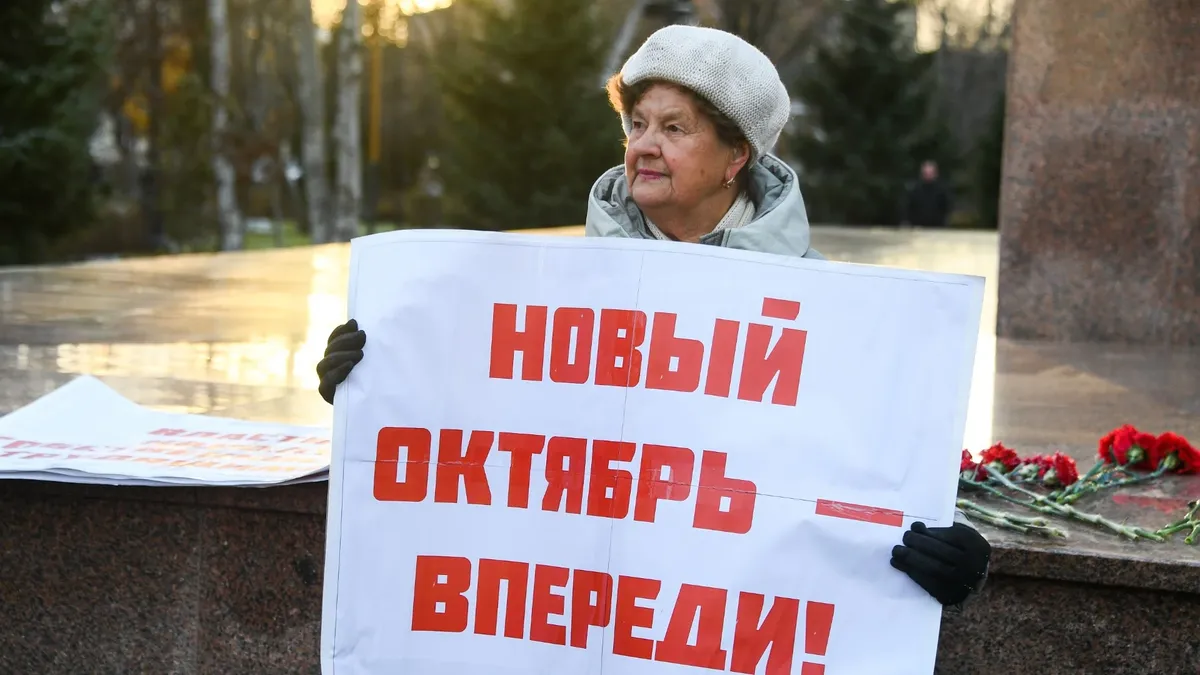REBELS CONCENTRATE FORCES IN MOUNTAIN AREAS OF THE NORTH CAUCASUS
REBELS CONCENTRATE FORCES IN MOUNTAIN AREAS OF THE NORTH CAUCASUS
This summer the rebels in the North Caucasus have intensified their activities. The militants are very active now in some areas and still quiet in others, but it is clear that preparations for future attacks are under way in republics such as Dagestan, Chechnya, Ingushetia, and Kabardino-Balkaria.
Dagestan
Although rebel attacks against local police forces in Dagestan have significantly increased in recent months, the local insurgency is still hiding its real strength. The latest rebel attacks are merely a token response to measures taken against them by security officials. Militants respond only if the special forces surround them in a house in a city or in a dugout in the woods or if a police patrol stops their car on a road.
The main rebel forces in Dagestan are concentrating their forces in the central mountain part of the region, mostly around Buinaksk and Untsukul District. The core of the rebel groups is located in forest camps somewhere near the village of Gimri. Federal and Dagestan police forces have combed Gimri and the nearby forests many times this spring and summer. However, they only caught a rebel group in the village once, and the guerillas later escaped. In the mountains, the Dagestan rebels kill locals who try to act against them. On June 15, Magomedali Aliev, head of the of Untsukul District police department, was killed and on August 3 a deputy chief of the Buinaksk District police department was shot dead. Policemen are also often attacked in Khasavyurt District, which is adjacent to Chechnya.
Local police appear to be growing more wary in the mountain areas of the republic. On August 23, a republican special-task police unit conducted another security sweep in Untsukul District, but a rebel squad ambushed the police motorcade near the Gimri tunnel, which links the mountain areas of Dagestan with the valley.
Chechnya
As with Dagestan, the rebel forces in Chechnya are also concentrating their forces in the mountains, with significant success. A Chechen student from Nozhai-Yurt District told a Kavkazky Uzel website correspondent that the militants control many villages in the district and even set up checkpoints on some roads in the area (Kavkazky Uzel, August 8). On August 23, a source in the Chechen police told the independent Russian Sobkorr news website that the rebels already control 35% of the territory of the republic. According to sobkorr.ru, 12 servicemen from Russian special forces, one officer from the Federal Security Service (FSB), eight pro-Russian Chechen policemen, and three militants had been killed in clashes in mountain Chechnya between August 11 and 22 (sobkorr.ru, August 23). On September 3, the website reported that six pro-Russian Chechen troops were killed near the village of Sharo-Argun, high in the mountains, when their squad was ambushed by rebels on September 1.
Ingushetia
In Ingushetia the rebels are very active on the plain. About 30 rebel attacks on police and military motorcades, patrols, and facilities took place there this summer. All of these attacks were conducted in large settlements or on the main highways of the republic. After each attack on the plain, the Ingush fighters retreat into the mountains. Additional Russian army troops, sent to the republic from other regions, try to comb the mountain forests in southern Ingushetia, but each time they face fierce resistance from the guerrillas. Last month there were serious clashes between rebels and Russian army units near Ingush mountain villages such as Galashki, Datykh, and Yandiri.
Kabardino-Balkaria
Kabardino-Balkaria continues to be relatively calm, but the rebels are slowly stepping up attacks there as well. Yuri Tomchak, the interior minister of the republic, declared recently that about 500 militants are hiding in its mountains (Nezavisimaya gazeta, August 3). If true, this means that now there are more insurgents in the region than there were at the time of the massive attack on the local capital, Nalchik, in 2005. However, it is unclear why local police forces and army units do not comb the mountains to search for guerillas. The rebels may be hiding in the mountain settlements of Elbrus District where they have strong support from the local population. The policemen who dare to hunt for them are usually rewarded with a bomb or a bullet. Two senior police officers were killed this summer in Elbrus District. In August a group of local rebels attacked a police checkpoint in the town of Tyrnauz, the largest settlement in Elbrus District, killing one policeman and wounding another.
Rebel tactics across the North Caucasus exhibit many similarities. Rebels in Dagestan, Chechnya, Ingushetia, and Kabardino-Balkaria make it a priority to control the mountains in their regions in order to have remote facilities, where they can prepare young fighters for future battles. Securing control over the foothills of the northern section of the North Caucasian range also lets the rebels move their forces across the mountains, allowing them to quickly deploy reinforcements where they are needed. To crush the rebels in the Caucasus, the Russian military command will have to find ways to fight and defeat the rebels in the mountains of the region.
As rebel attacks increased over the summer, the Russian military command began sending newly formed units specializing in mountain warfare to the North Caucasus. These units will eventually be incorporated into two mountain motorized-rifle brigades that are to be formed by the end of the year and located in Karachaevo-Cherkessia (Northwest Caucasus) and Dagestan (Northeast Caucasus). The mountain units that are being deployed now are concentrated in North Ossetia at Daryal, a special mountain base, where they are trained to fight in the mountains. From July to August 13, a mountain company staged a one-week exercise on Elbrus Mountain, the highest mountain in the North Caucasus, to determine the unit’s capability to move high in the mountains while fully armed and equipped (RIA-Novosti, August 13).
However, it is unlikely that the rebels hide near the summit; they usually set up their camps not far from mountain villages. But to find and destroy these camps still poses a problem even for those Russian units that can climb the perpetually snow-covered mountains.


